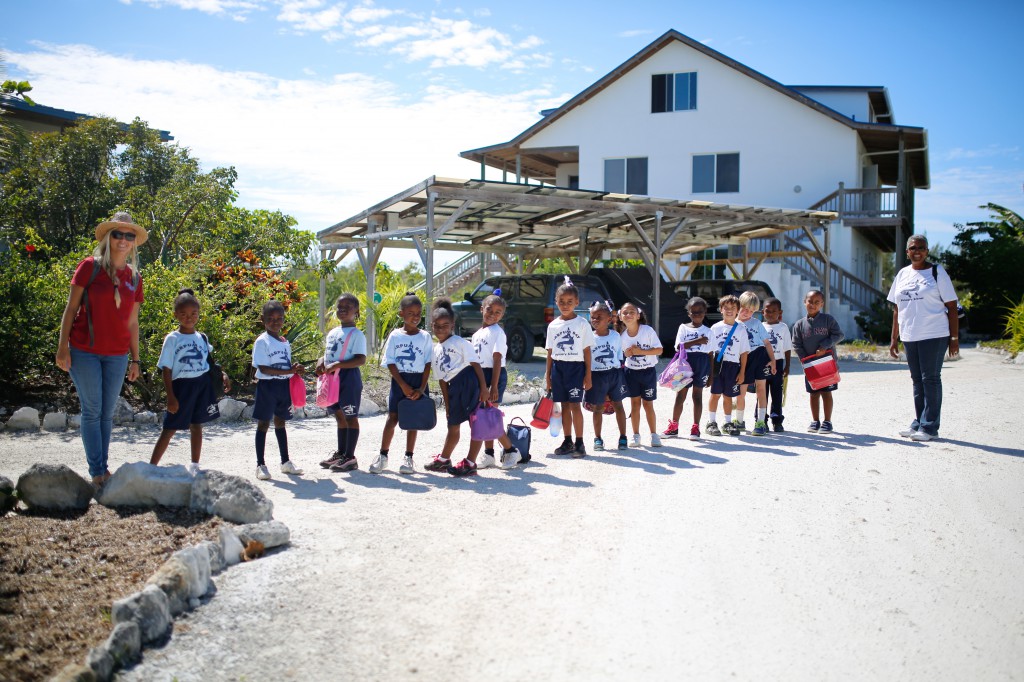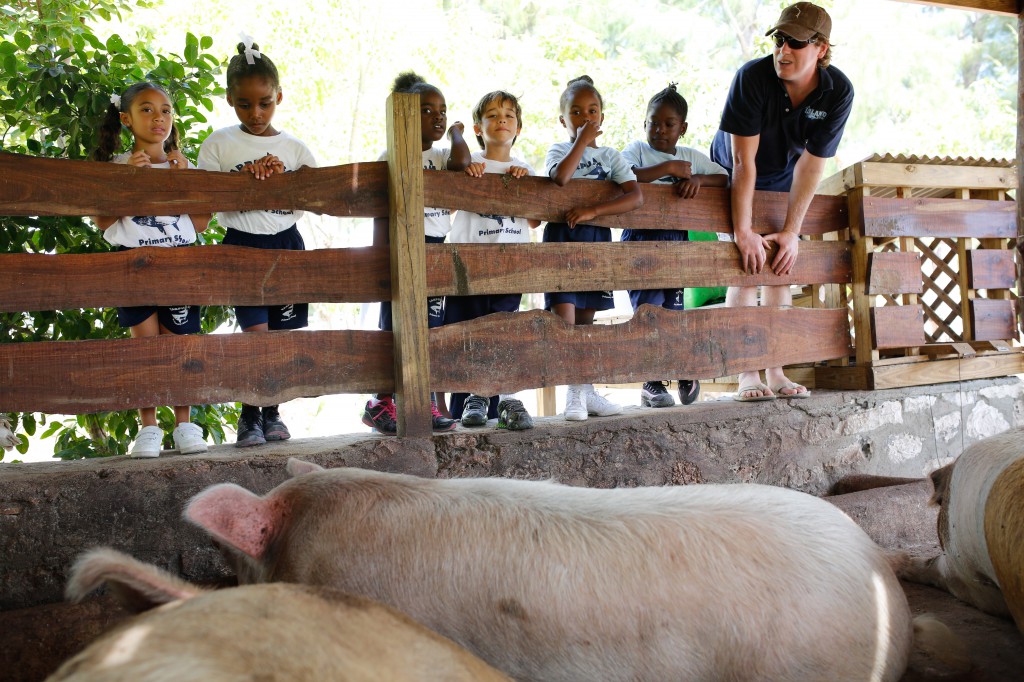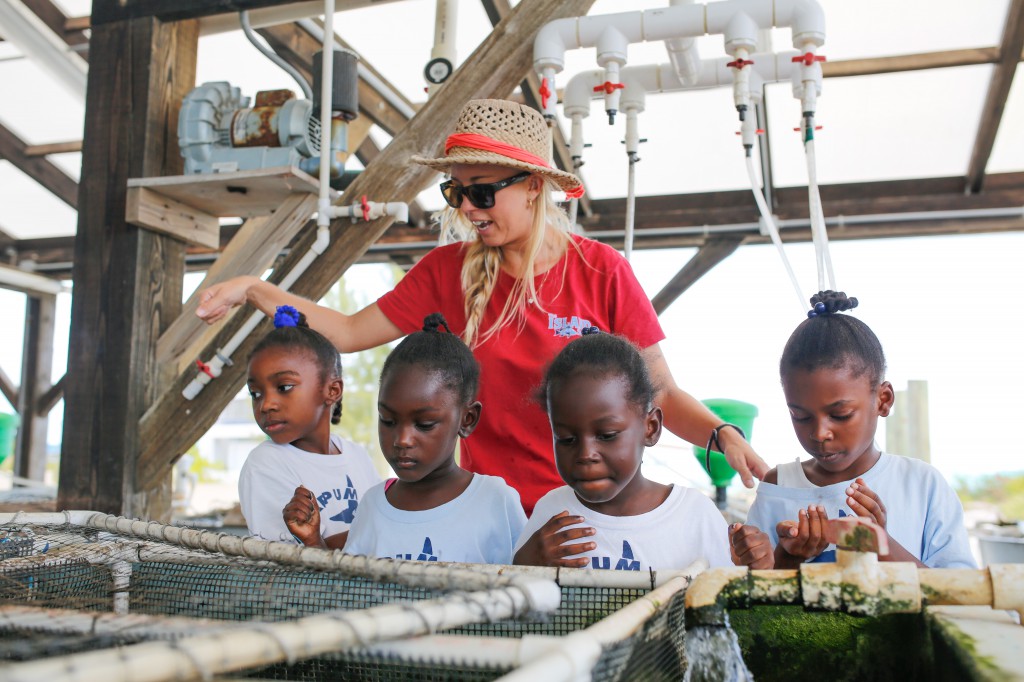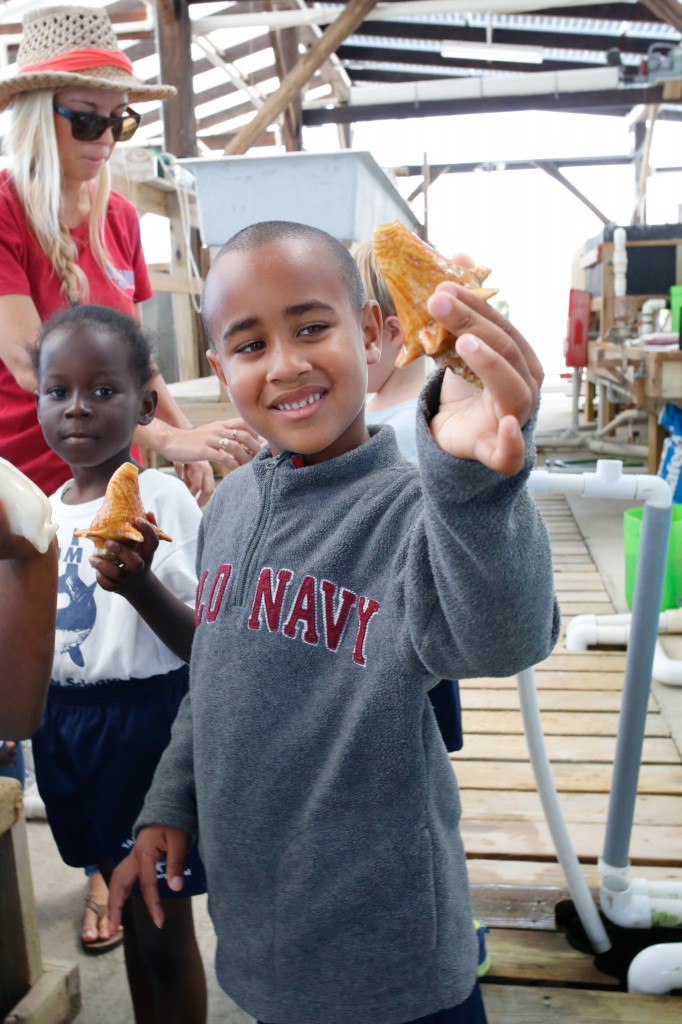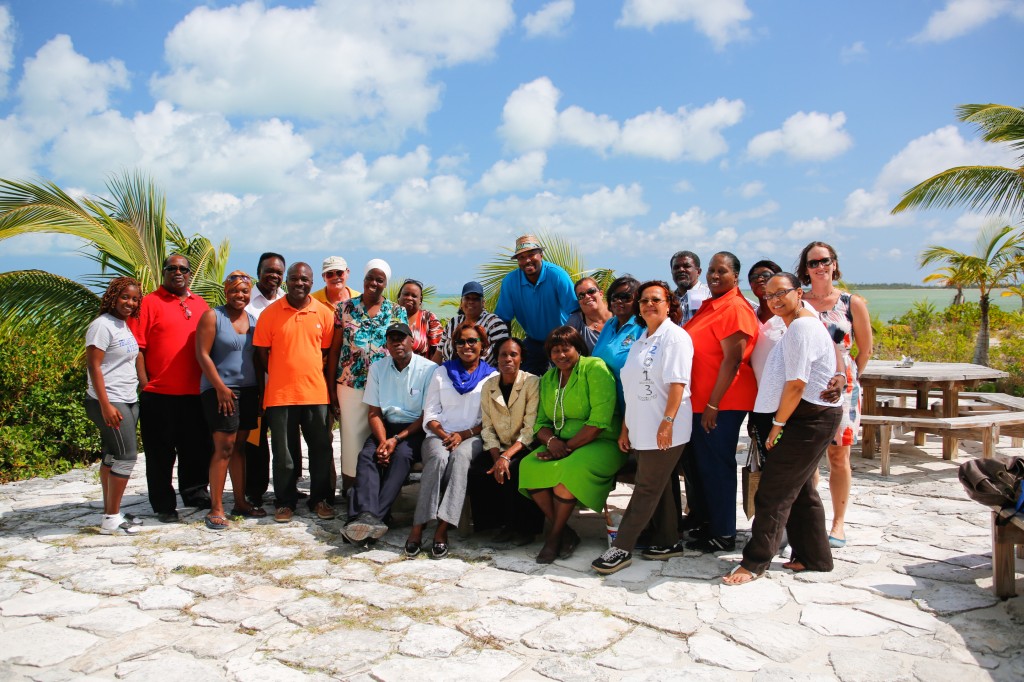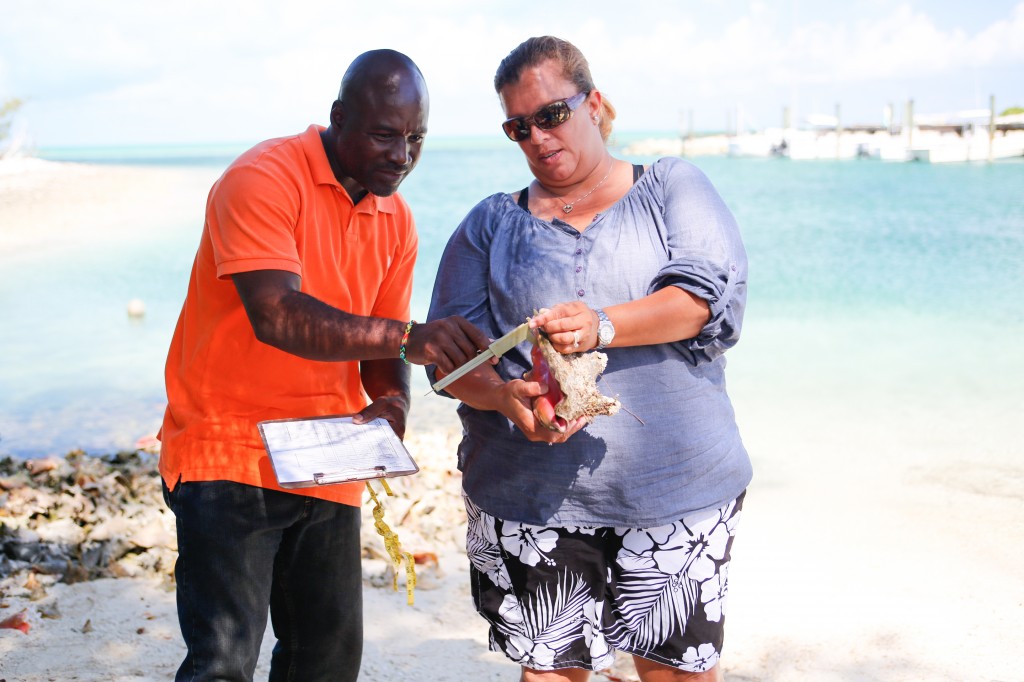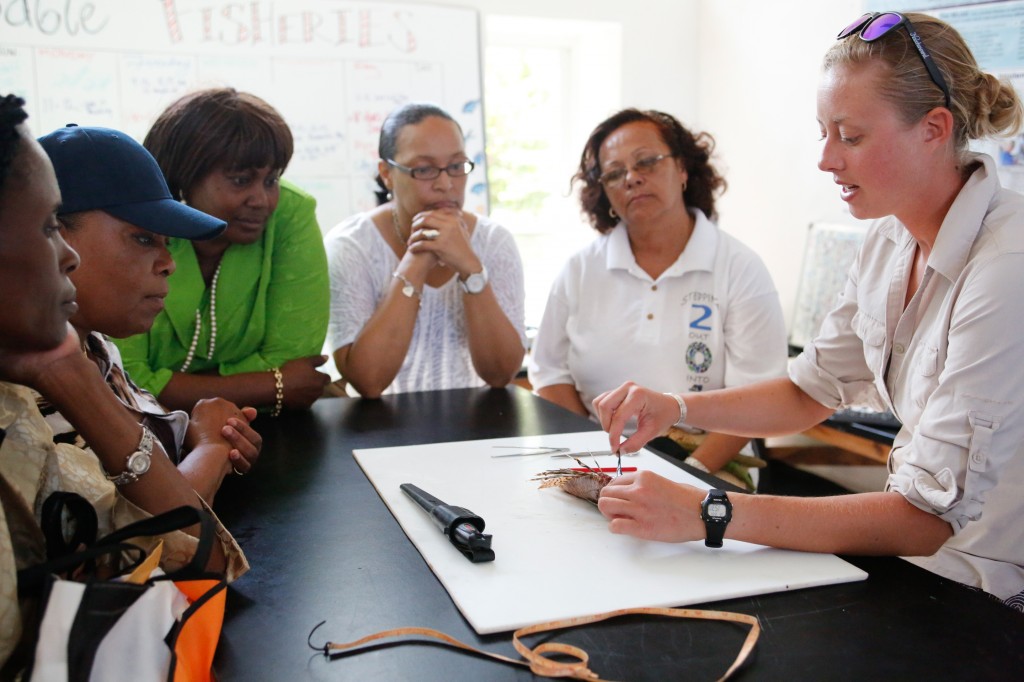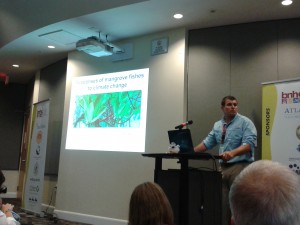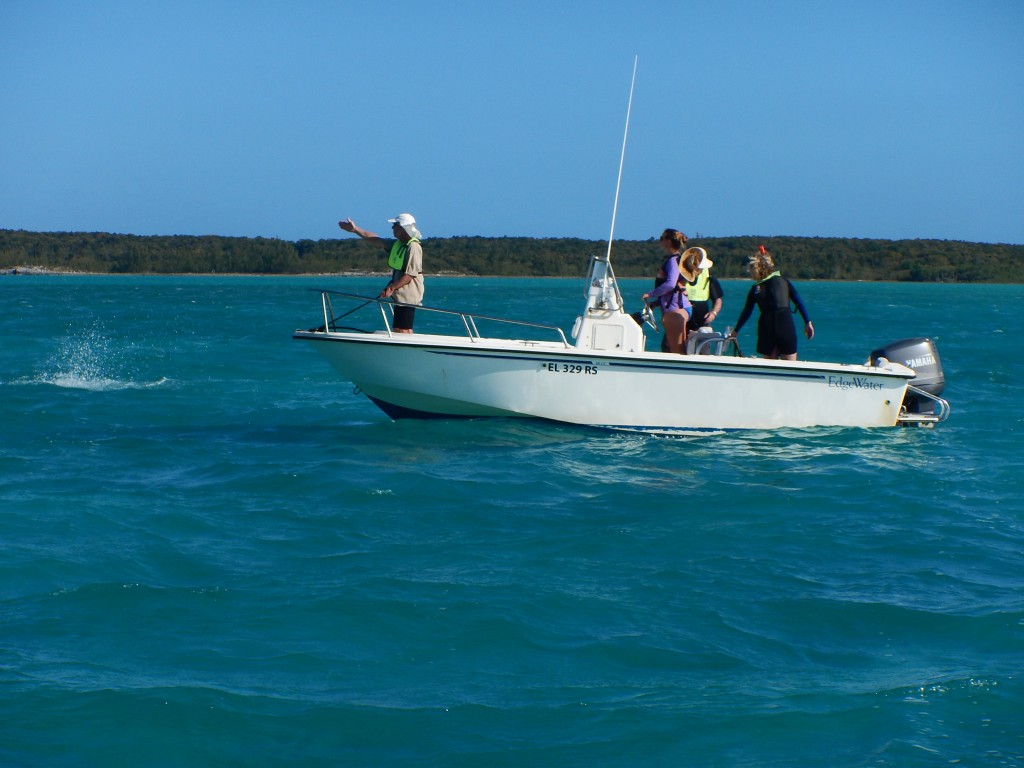On Saturday, May 3rd, the first TEDx event in The Bahamas, TEDx Nassau 2014, took place. The event aimed to facilitate nationwide conversations about pressing issues in The Bahamas today, and invited speakers to discuss their solutions to these problems along with other “ideas worth spreading.”

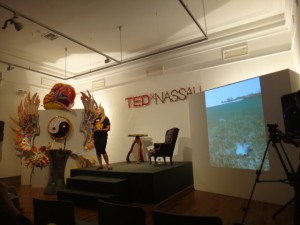
Dr. Jocelyn Curtis-Quick of the CEI Lionfish program was invited to present at the event, sharing information about the latest campaign to create a lionfish fishery. She discussed the history of the lionfish invasion, some facts about the success of these invasive predators and their devastating effects on reefs, as well as the concept behind the CEI “You Slay, We Pay” campaign. She informed listeners of the efforts to encourage a lionfish fishery and addressed some of the major barriers that are at present complicating the process. She encouraged the audience to eat lionfish, ask for lionfish in restaurants and stores, and to talk to others about the invasion.

Dr. Curtis-Quick was honored by the invitation to participate in this TEDx event and we at CEI would like to compliment the organizers, particularly Uli Voges, Tiera Ndlovu, and Lilian Weikert on a hugely successful weekend. We would like to thank them for the opportunity to spread knowledge as well as to express gratitude to all organizers and participants for the opportunity to participate in this groundbreaking event and to enjoy enlightening, rewarding, and eye-opening conversations with many of the movers and shakers of The Bahamas.


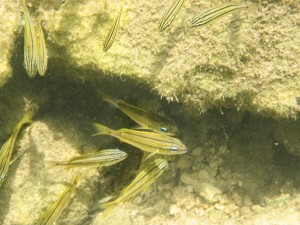
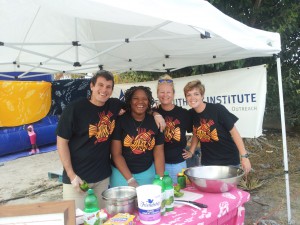
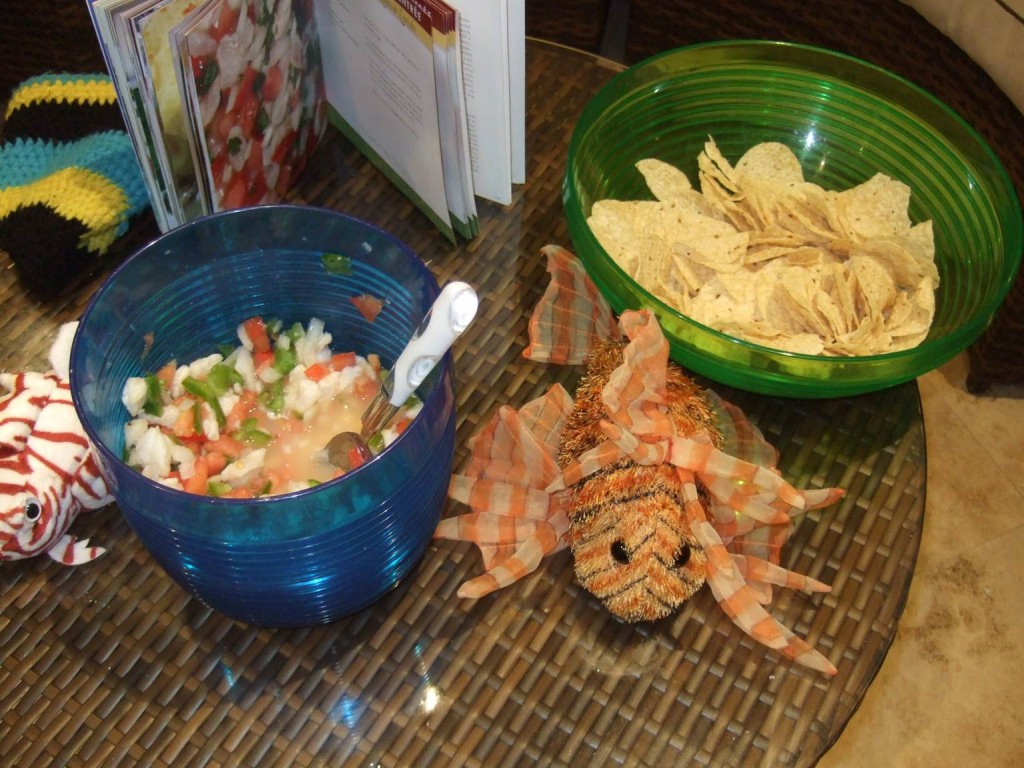

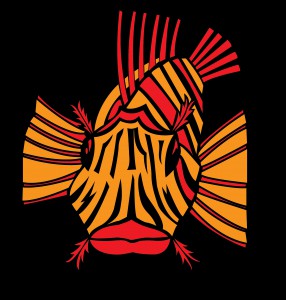

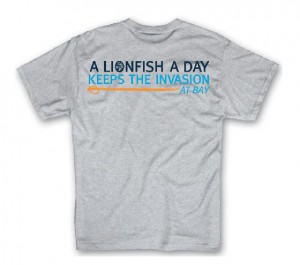
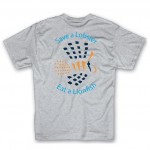
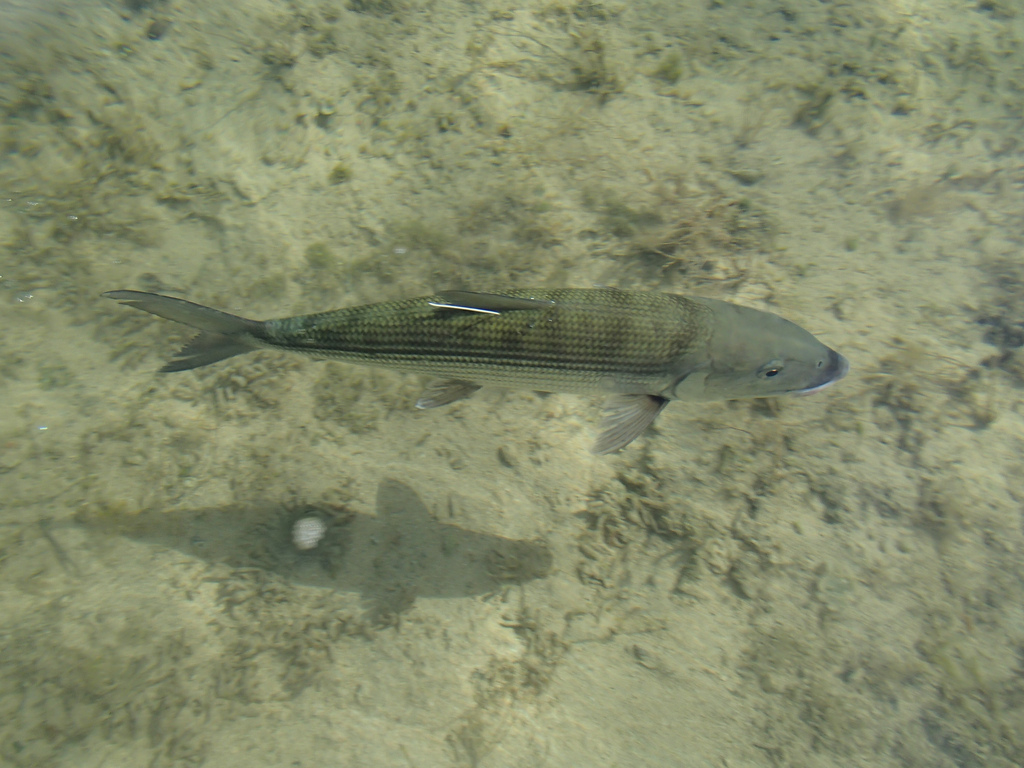 A team of scientists consisting of Aaron Shultz and Malcom Goodman from the Cape Eleuthera Institute, David Philipp and Julie Claussen from the Fisheries Conservation Foundation, Karen Murchie from College of the Bahamas (Freeport), and Greg Vincent and Jason Franklin of H2O
A team of scientists consisting of Aaron Shultz and Malcom Goodman from the Cape Eleuthera Institute, David Philipp and Julie Claussen from the Fisheries Conservation Foundation, Karen Murchie from College of the Bahamas (Freeport), and Greg Vincent and Jason Franklin of H2O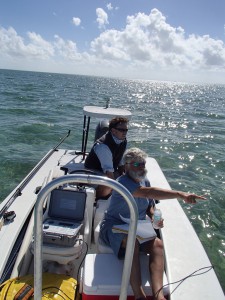 Bonefishing from Grand Bahama gathered in Freeport in January to track bonefish movements. This project began in October 2013, when 30 bonefish from around the island of Grand Bahama were captured and implanted with acoustic tags. Electronic receivers were then placed in strategic locations throughout the island and recorded if a tagged fish swam nearby. Fish were also located periodically using a manual receiver.
Bonefishing from Grand Bahama gathered in Freeport in January to track bonefish movements. This project began in October 2013, when 30 bonefish from around the island of Grand Bahama were captured and implanted with acoustic tags. Electronic receivers were then placed in strategic locations throughout the island and recorded if a tagged fish swam nearby. Fish were also located periodically using a manual receiver.
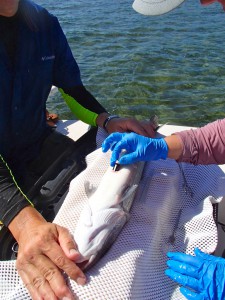 This early retrieval of data from the receivers was very encouraging, with several of the tagged fish being detected. Two fish with transmitters, likely travelling to spawning locations, were recorded
This early retrieval of data from the receivers was very encouraging, with several of the tagged fish being detected. Two fish with transmitters, likely travelling to spawning locations, were recorded

